
Songs my grandfather could have sung to me
Songs that could have been in different versions, as Miika remembers them
"Mytomato is a brilliant piece, dancing away on the borders of parody and multi-layered commentary – musical and extra-musical – all woven together with witty irony and creative craziness."
"Die grafische Notationstechnik Soune, an der der Komponist seit Jahren arbeitet, transzendiert durch ihre visuelle Komponenete die Grenzen traditioneller Notation und bietet Raum für humorvolle, tiefgründige und gleichzeitig körperliche Erlebnisse auf der Bühne. "
"Intellectually stimulating and teasingly funny art of our time."
"A peculiar, yet ever-so-wonderful mixture of absurd comedy and versatile virtuosity, gorgeously performed by Heikkilä and Kozlovski"
"This three-hour, precisely timed sound structure is a confusing, constantly moving deconstruction of language, voice and sound. […] The bizarre fascination that the spectacle has created will not get out of your head so quickly."
"Voice Box was full of tongue in cheek [...] that allowed the audience to fully join in."
"The avant-garde business trip to the green creates a situational border experience with a feel-good program."
"The audience […] experiences an masterfull musical performance, which is then deconstructed in an irritating sequence of events at different locations in a deliberately bizarre manner."
"Delightful and playful experimental opera from young Finnish composer"
"Genuinely avantgardistic German music theatre."
At the Dramstadt Summer Academy 2016, I was waiting for a concert to start. The person sitting next to me seemed like she didn’t want to miss a second of what was happening around her, but wanted to get to know me, too. Her name is dejana sekulić (she prefers lowercase), she is a violinist, and the very last thing I heard before the concert started was “I’m interested in the temporality of the impossible”. I can’t remember anything else about that concert, because that must be one of the coolest titles I’ve ever heard.
I composed for her “Impossibilities of DDMMYYYY”. In dejana’s own words: “The piece is quite literally a forever-changing piece – its form (‘score’) is a video generated from extremely various sources, appearing in front of the performer (and the audience) for the first time only in the very moment of the performance itself.”
The concept of the temporality of the impossible opens up the imagination and points out many things I love and hate about music written for the violin. The “temporality” cancels the “impossible”; someone will always rehearse the unplayable. However, I decided to use the time dimension exactly to create the impossibility; the practice and preparation are now exactly the things that you do not have. It isn’t improvisation either; it is failing with great virtuosity.
An impossible piece raises philosophical and ethical questions of communication and collaboration between the composer and the performer. dejana and Miika discussed some of them at the 7th PSN conference. A link to the talk will be provided soon. We are also hoping to analyse the questions further in an article format soon.
“Impossibilities of DDMMYYYY” for solo violin was written inspired by and for the ”Temporality of the Impossible”, Dejana Sekulić’s artistic PhD research, taking place at the CeReNeM and ReCePP, at the University of Huddersfield (UK).
The video score is written anew for every premiere and rehearsal, to maintain the impossibility of the performance, but some things about the notation remain the same.
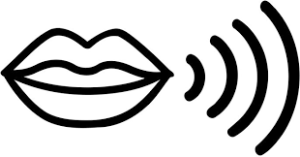 indicates reading or recitating the given text
indicates reading or recitating the given text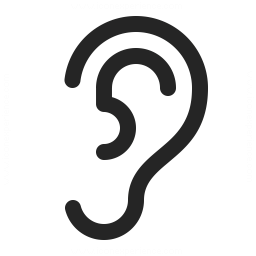 indicates listening to the sound
indicates listening to the sound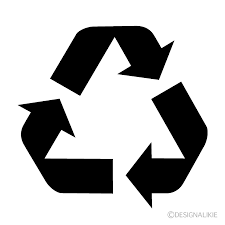 indicates reproducing the heard sound (with instrument, voice, body, etc.)
indicates reproducing the heard sound (with instrument, voice, body, etc.)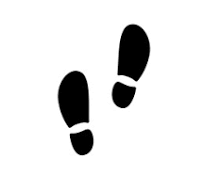 indicates dancing according to the given choreography
indicates dancing according to the given choreography
3/6/2019 at la Cité internationale des arts, Paris, France
25/2/2020 at the University of Huddersfield, England
26/5/2024 Music Biennale Zagreb
13/7/2025 Performance Studies Network conference at the Guildhall School of Music & Drama, as part of our academic talk

Songs that could have been in different versions, as Miika remembers them
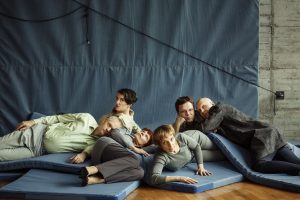
Emote is a emotions for voice, percussion and video.
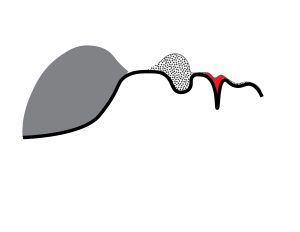
Experimenting with the graphic notation
"Mytomato is a brilliant piece, dancing away on the borders of parody and multi-layered commentary – musical and extra-musical – all woven together with witty irony and creative craziness."
"Die grafische Notationstechnik Soune, an der der Komponist seit Jahren arbeitet, transzendiert durch ihre visuelle Komponenete die Grenzen traditioneller Notation und bietet Raum für humorvolle, tiefgründige und gleichzeitig körperliche Erlebnisse auf der Bühne. "
"Intellectually stimulating and teasingly funny art of our time."
"A peculiar, yet ever-so-wonderful mixture of absurd comedy and versatile virtuosity, gorgeously performed by Heikkilä and Kozlovski"
"This three-hour, precisely timed sound structure is a confusing, constantly moving deconstruction of language, voice and sound. […] The bizarre fascination that the spectacle has created will not get out of your head so quickly."
"Voice Box was full of tongue in cheek [...] that allowed the audience to fully join in."
"The avant-garde business trip to the green creates a situational border experience with a feel-good program."
"The audience […] experiences an masterfull musical performance, which is then deconstructed in an irritating sequence of events at different locations in a deliberately bizarre manner."
"Delightful and playful experimental opera from young Finnish composer"
"Genuinely avantgardistic German music theatre."